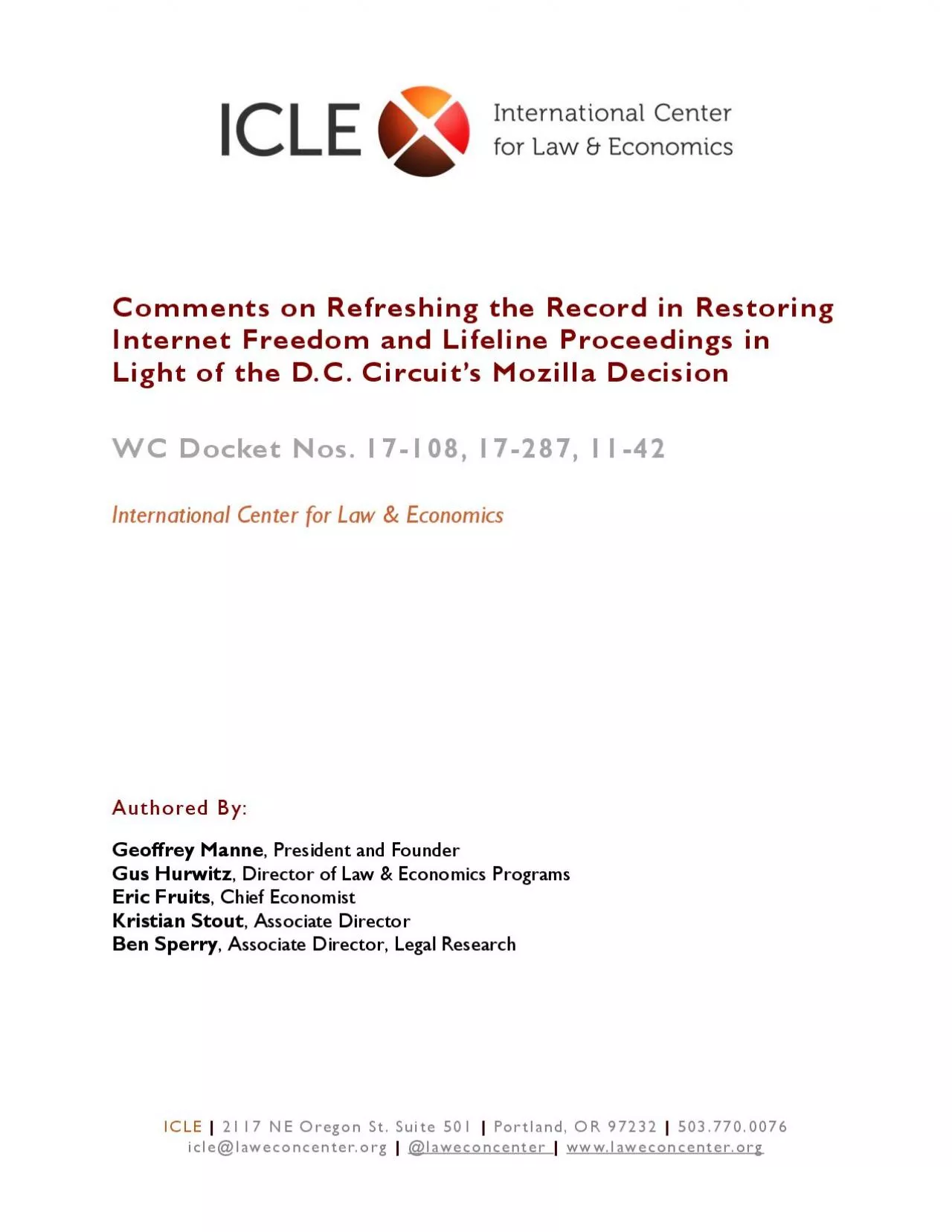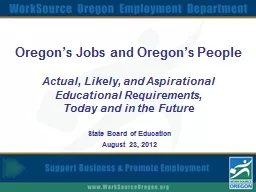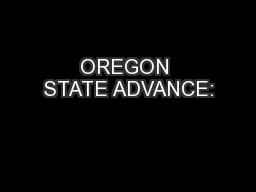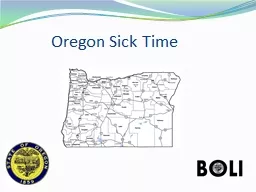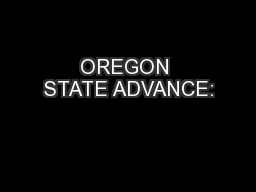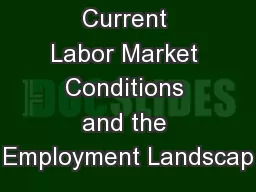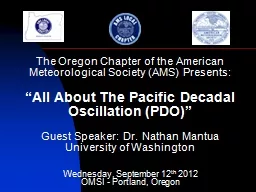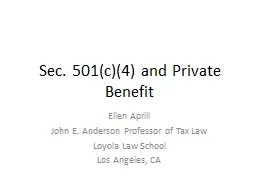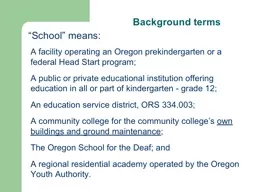PDF-2117 NE Oregon St Suite 501
Author : eloise | Published Date : 2021-06-12
ICLE Portland OR 97232 5037700076 iclelaweconcenterorg laweconcenter wwwlaweconcenterorg Comments on Refreshing the Record in Restoring Internet Freedom and
Presentation Embed Code
Download Presentation
Download Presentation The PPT/PDF document "2117 NE Oregon St Suite 501" is the property of its rightful owner. Permission is granted to download and print the materials on this website for personal, non-commercial use only, and to display it on your personal computer provided you do not modify the materials and that you retain all copyright notices contained in the materials. By downloading content from our website, you accept the terms of this agreement.
2117 NE Oregon St Suite 501: Transcript
Download Rules Of Document
"2117 NE Oregon St Suite 501"The content belongs to its owner. You may download and print it for personal use, without modification, and keep all copyright notices. By downloading, you agree to these terms.
Related Documents

